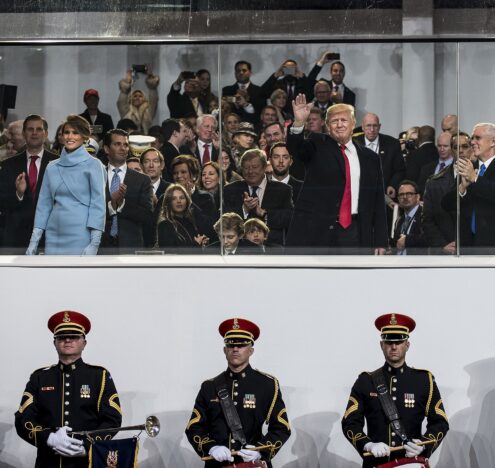In early 2023, Sedat Paşa Ögretmen’s outlook was optimistic. He had a job as a teacher, three homes, and a good car. But that was before the earthquake ripped across southeastern Turkey last February. A little more than a year later, only some parts of the loss can be measured. The 48-year-old says his three homes were badly damaged and had to be demolished. His car remains stuck under the uncleared rubble of collapsed buildings. Worse still, he lost 163 relatives, friends, and students.
Yet, as with all tragedies, the numbers only speak to a fraction of the pain. Now living at his grandfather’s house, he remembers the details of the day that shattered the world around him. In the days after the quake hit, he joined a team of volunteers rushing to help. They pulled people from the wreckage. They brought food to those without any. They gathered clothes for those who lost theirs. They raised money for those who needed it. “There is nothing more painful than having to pull one’s loved ones out of the rubble,” he said.
Amid the economic destruction the earthquake wrought, the rich have left the area to wait out reconstruction, Ögretmen explained. “Those who stay here are those who are not well-off and those who help and volunteer.”
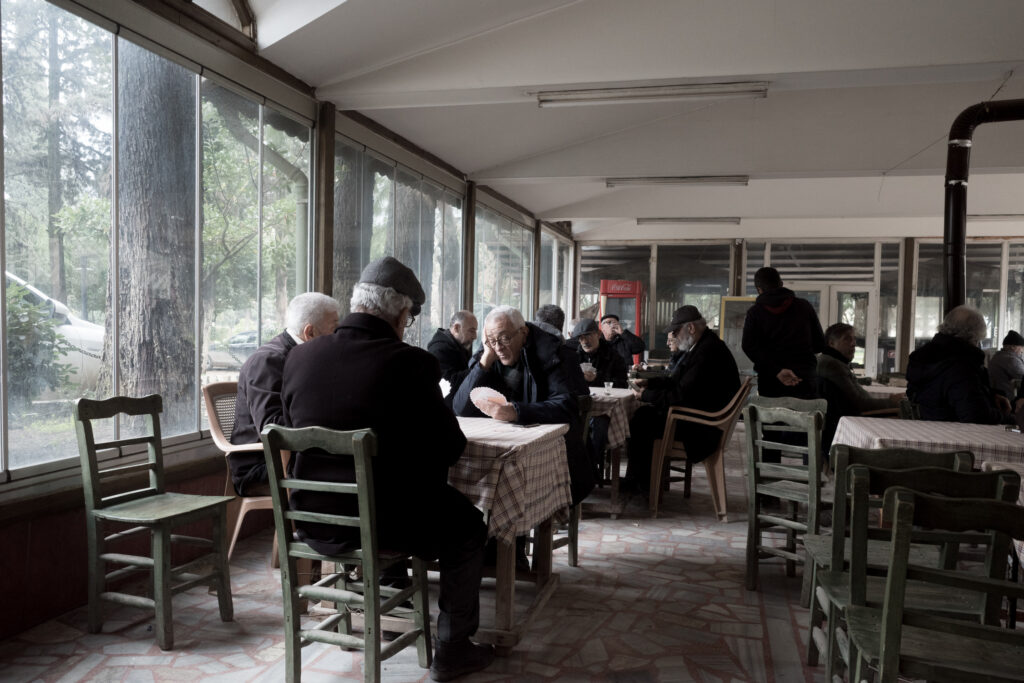
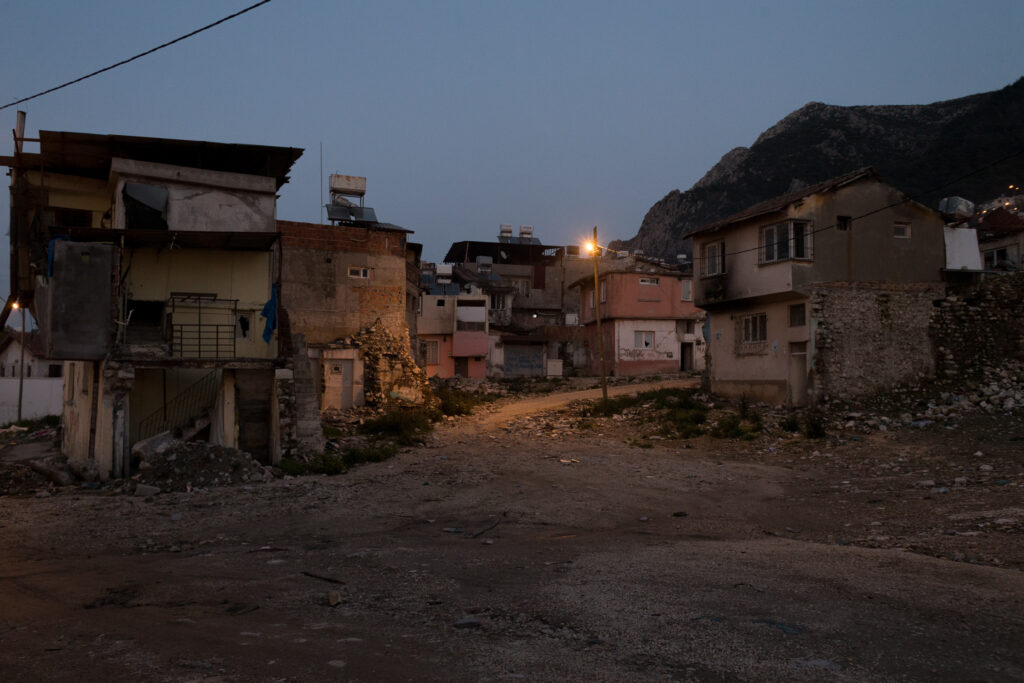
Before sunup on Feb. 6, 2023, with most still asleep in their beds, the earthquake struck southeastern Turkey and parts of Syria near the border. It registered a magnitude of 7.8, making it one of the strongest recorded in Turkish history. Later that day, a second quake — this one registering at 7.5 — followed. Then, came a series of aftershocks: more than 570 within 24 hours, and north of 30,000 by May 2023.
Across the Turkish-Syrian borderlands, homes collapsed, buildings tumbled down, and mountains of rubble rose in their places. When the authorities were done counting the bodies, they estimated the final death toll at more than 53,000 people in Turkey alone. More than 107,000 people were injured across 11 of the 17 Turkish provinces the earthquake hit. Hatay was the worst-hit province: more than 23,000 people died there, while some 30,762 were injured.
In neighboring Syria, where years of armed conflict have created a patchwork of government control and de facto rule by armed opposition groups, counting the dead proved trickier: estimates place the toll as high as 8,476.
“Sometimes I Miss This Place”
More than a year later, the Hatay Province, home to the historic city of Antakya, is still the site of thousands of containers that provide shelter for some 50,000 households. The container cities, as locals call them, sit on the outskirts of cities and villages around the province.
Yalçin Yalçinkaya, a 40-year-old who used to work full-time as a delivery man, recounted the chaotic moments of the earthquake while standing next to the ruins of the home where he and his family lived for two decades. His wife woke up first, he recalled, and it wasn’t long before he found himself digging his two children from beneath the rubble with his bare hands. Later, he learned that the earthquake had killed 16 of his relatives.
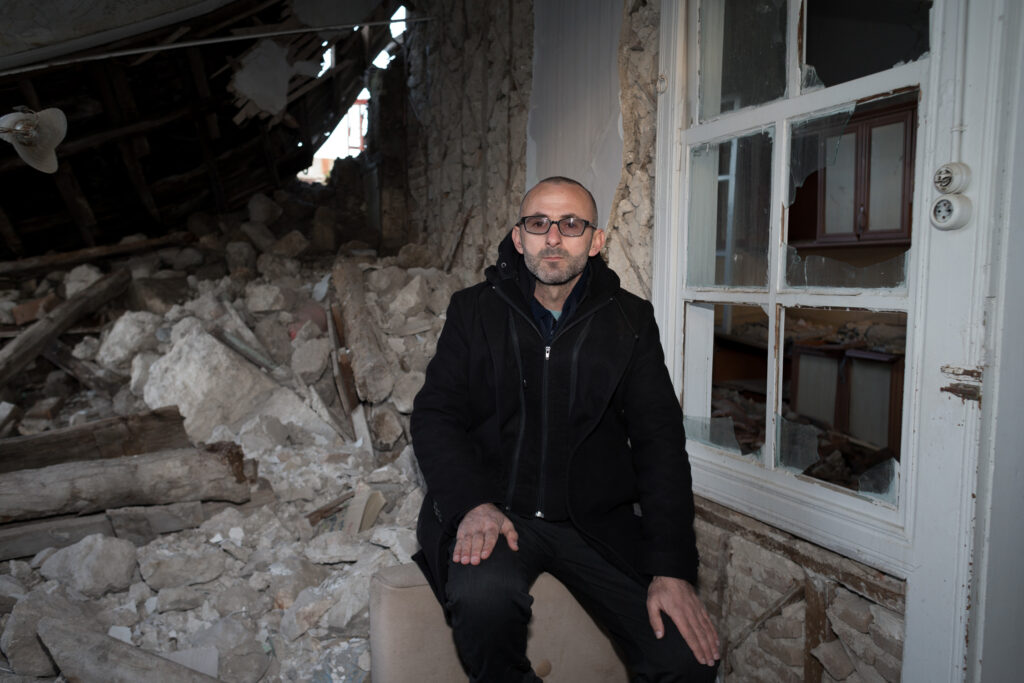
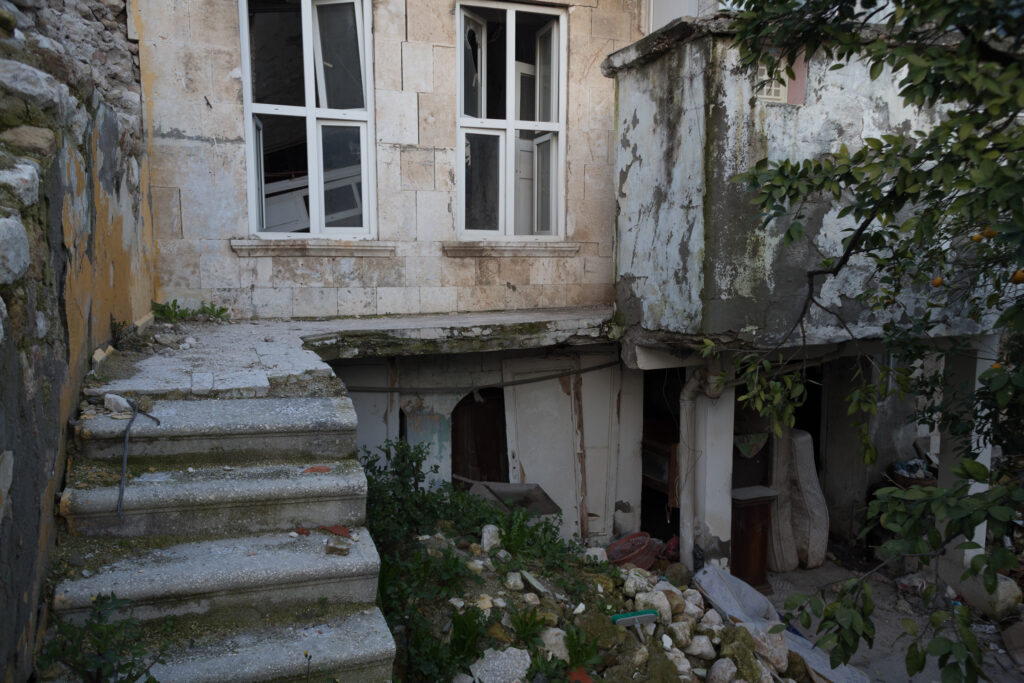
With their home collapsed, he and his family slept outside for three days. A year later, he has only short-term work as a school maintenance man and lives in a container city alongside his wife and kids. “It’s safe,” he said, “but we cannot live here.”
Without enough cash to start over elsewhere, he said his family has no choice but to stay in Antakya and grit it out. “I need a good job,” he said. “If I had one, I could cover my family’s needs.” Displaced and dispossessed, he insisted he has hope that “the future will be better.”
He motioned to the debris that was once his home. “Sometimes I miss this place,” he explained. “I come back here when I feel nostalgic.”
“You Have No Feelings”
When the earthquake hit, 38-year-old Adnan Dalmiş woke up to the rattle of his wood stove, but he brushed it off as nothing to be concerned about and went back to sleep. Tucked at the base of a mountain, the makeshift community where he lives did not see the kind of collapse others did. But that did not mean he and others escaped tragedy. Later, he received a phone call: seven of his relatives had died.
He used to work preparing lahmacun, a Turkish dish of flatbread topped with minced meat. After Feb. 6, 2023, he joined a team of volunteers who spent the next 10 days carrying the bodies of the dead to nearby a burial site. “You have no feelings,” he recalled of that time. “You cannot eat [or] drink. Time had stopped, [but] when you see people dying, you keep going.”
More than a year on, Dalmiş still does not have steady work. The earthquake collapsed the bakery where he worked in the Antakya city center. Now and then, he lands a gig doing construction for contractors rebuilding a city that lost 70% of its homes and thousands of buildings. Around the country, more than three million people were left without housing.
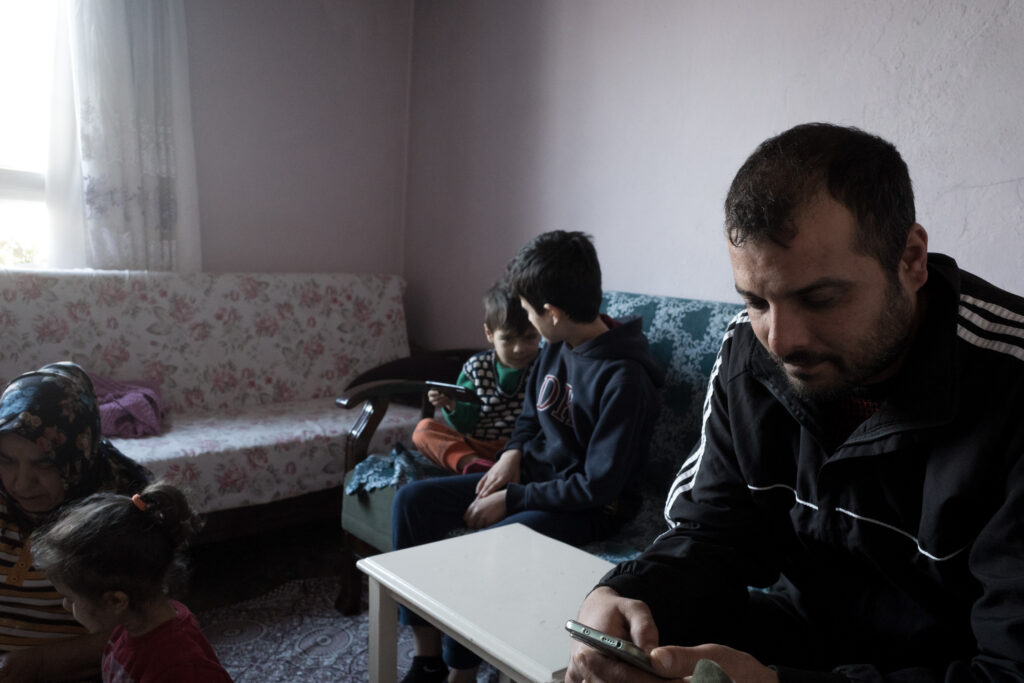
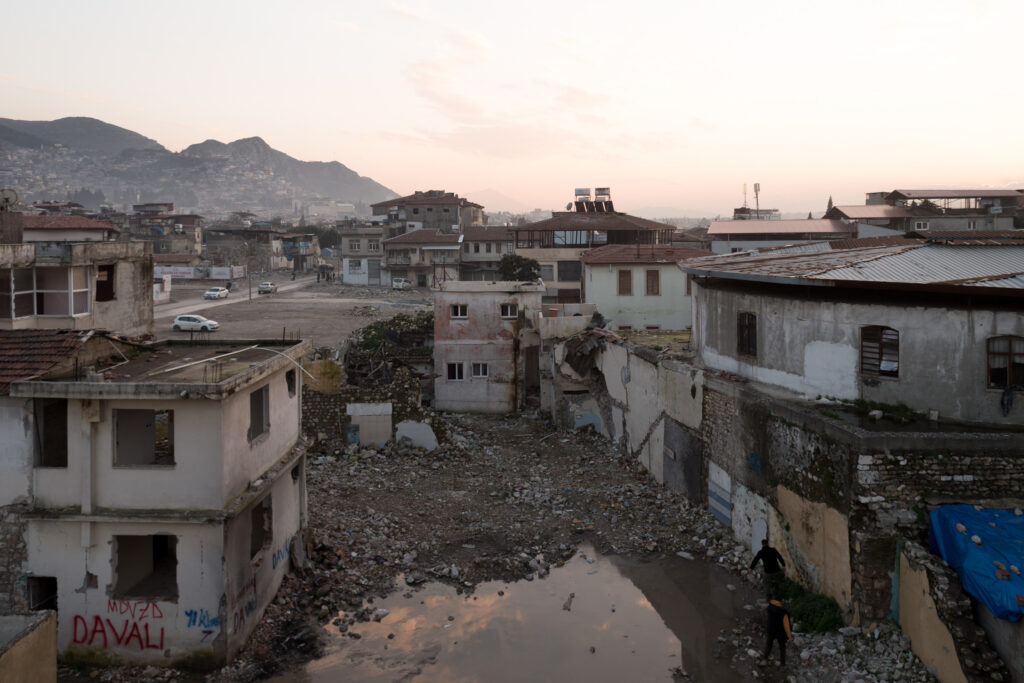
Rent prices rose, electricity and water fees swelled, and incomes shrank. Many businesses that once provided employment disappeared beneath the rubble, while others can no longer afford to continue operations. But even amid destruction and economic hardships, the demands of life have compounded. “If you still have a house, you still have to pay the bills,” Dalmiş said.
Still, he remembers the fear of aftershocks, the gruesome scenes he witnessed in the earthquakes’ aftermath. “At the hospital, we saw many people with no heads, no hands, or no legs,” he explained. “We cannot forget those memories. We have to live with them. … We want to help the city become alive again.”
“Our Whole Lives Are Here”
In the wake of the catastrophe, critics pointed the finger at Turkish President Recep Tayyip Erdoğan’s government, accusing it of a lack of preparation for such an event and lambasting it for a slow emergency response. The president defended his government, arguing that it was “not possible” to be ready for a natural disaster of that magnitude.
Adam Sabit, a 52-year-old shoe salesman in Antakya’s main bazaar, reopened his shop six months back. But he is still fighting to stay afloat.
He said authorities dubbed both his house and his shop “lightly damaged,” a designation that meant he did not qualify for financial assistance the government gave to some. “Our whole lives are here in Antakya,” he explained. We reopened the shop, and we are trying to survive.”
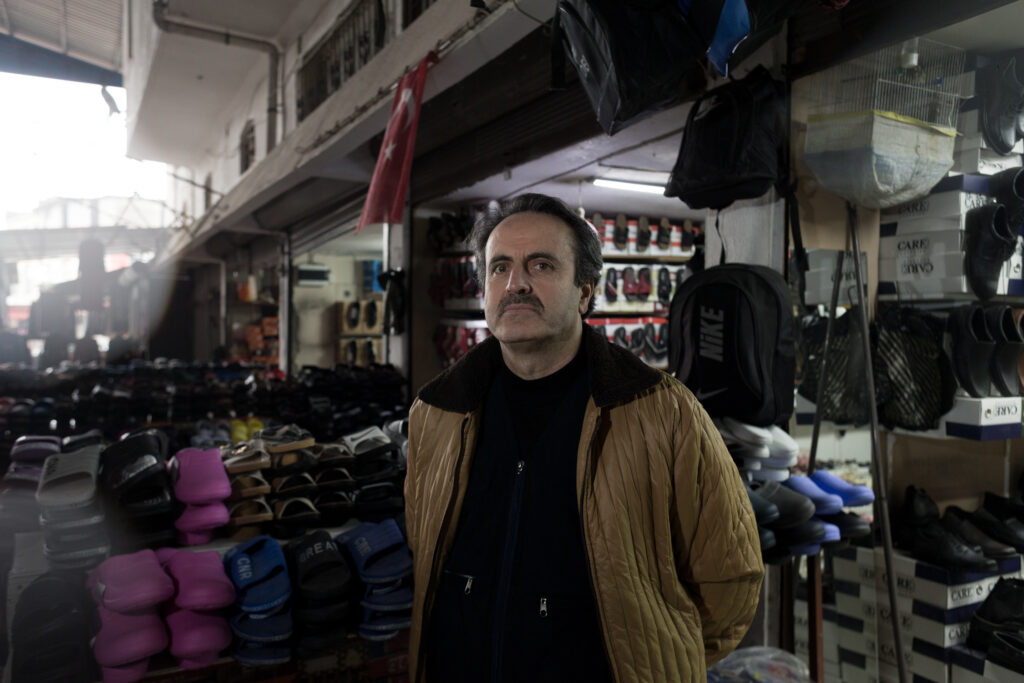
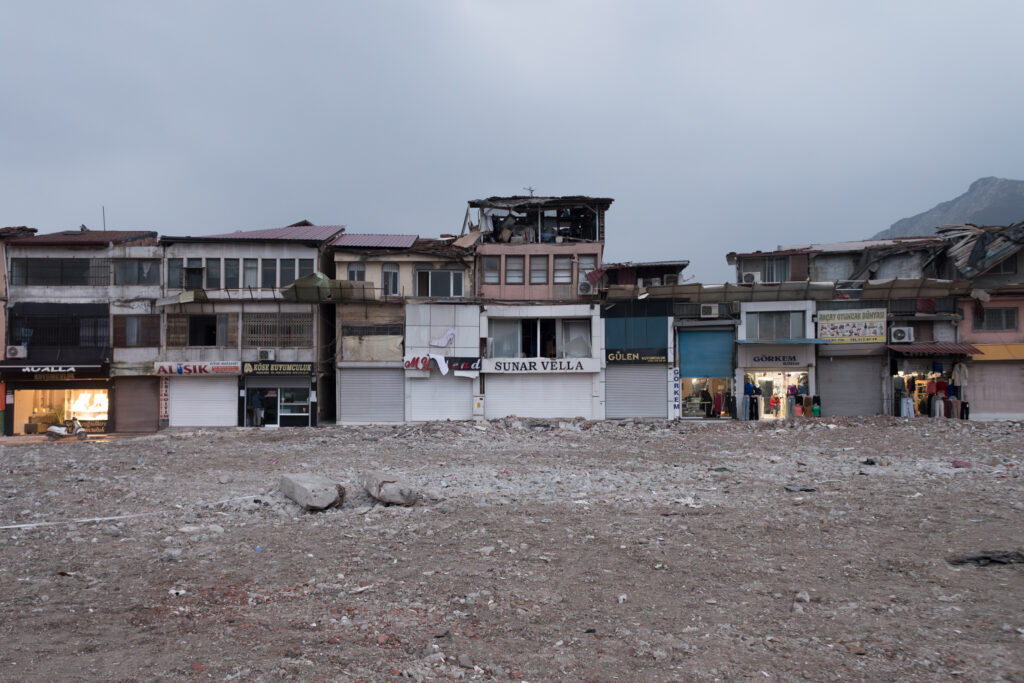
But survival is not easy. All across the region, people are still struggling to account for their losses. Many lost homes, land, and businesses. Nearly everyone lost loved ones, relatives, and friends. They want to rebuild their lives, Sabit insisted, but with little time to grieve, how can they be expected to overcome trauma that has yet to heal?
“I’m calling out to the officials to remind them that [Hatay] is also part of our country,” Sabit said. “Let people come and see with their eyes what happened.” He added, “We don’t know what to do now. We are in a state of depression. We lost our friends, we lost our loved ones.”
“Better Days in the Future”
For his part, Sedat Paşa Ögretmen still works as a teacher, a role that might be more important than ever. “We try to make the children laugh and feel good as much as we can,” he said. “I do not think it is enough – we have many students who need psychological support.”
Meanwhile, he opened a soup kitchen two weeks ago, a project he hopes can help fill in the gaps where the government has failed. Whatever profits the kitchen brings in are donated to cover the costs of medical equipment and medicine for other Antakya residents that need them. Helping, he said, is his “duty as a teacher.”
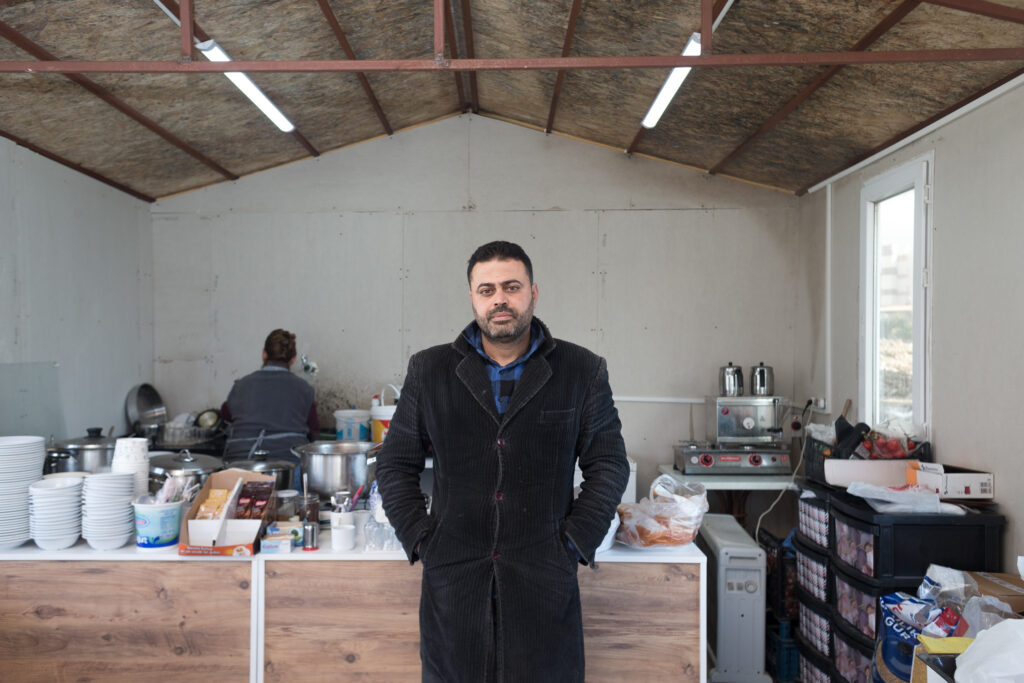
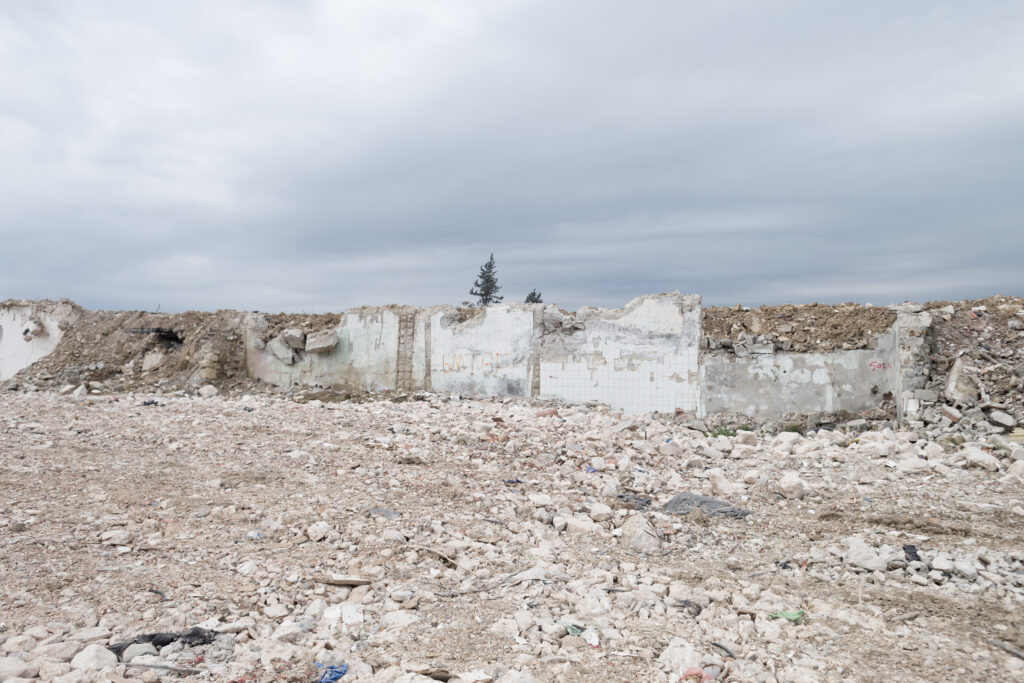
It is not that Ögretmen does not understand the scope of the hardships that lie ahead. He knows that Antakya’s future will not be easy, but he refuses to give in to despair. Many of his fellow community members now live in cramped containers or tents, he said, “but the people of Hatay are very strong, and I believe that we will have much better days in the future.”


Across the city, homes are still reduced to piles of rubble, buildings are nothing more than debris, and people continue to mourn the loved ones they lost a year ago. But scrawled in spray paint on a wall, a message echoed his sentiment. “We are not coming back,” it read, “because we never left Hatay.”
















